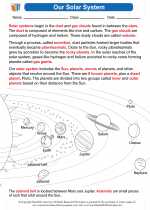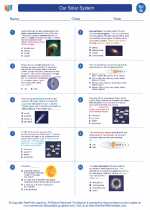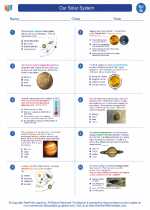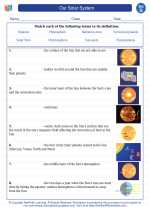Chlorine
Chlorine is a chemical element with the symbol Cl and atomic number 17. It belongs to the halogen group of elements and is the second lightest halogen after fluorine. Chlorine is a highly reactive nonmetal, and it is found in the Earth's crust primarily in the form of chloride compounds.
Physical and Chemical Properties
Chlorine is a yellow-green gas at room temperature and is two and a half times heavier than air. It has a pungent and suffocating odor, and it is highly toxic. Chlorine is a strong oxidizing agent and readily forms compounds with most other elements. It is used in the production of a wide range of chemicals including solvents, pesticides, and polymers.
Uses of Chlorine
Chlorine has a variety of uses, including:
- Water purification: Chlorine is commonly used to disinfect and purify drinking water and swimming pool water.
- Production of plastics: It is used in the production of PVC (polyvinyl chloride) and other plastics.
- Manufacturing of chemicals: Chlorine is used in the production of various industrial chemicals such as solvents, pesticides, and refrigerants.
Health and Environmental Effects
While chlorine is essential for various industrial and domestic purposes, it can be hazardous to human health and the environment. Exposure to high levels of chlorine gas can cause respiratory problems, eye irritation, and skin burns. In the environment, chlorine compounds can persist and bioaccumulate in the food chain, posing risks to aquatic life and ecosystems.
Study Guide for Chlorine
When studying chlorine, it's important to focus on the following key points:
- The properties of chlorine, including its physical state, odor, and reactivity.
- The uses of chlorine in water purification, chemical production, and plastics manufacturing.
- The potential health effects and environmental impacts of chlorine exposure and its compounds.
- The role of chlorine in the periodic table and its relationship to other elements in the halogen group.
Understanding these aspects will provide a comprehensive overview of chlorine and its significance in various industrial, environmental, and biological contexts.
[Chlorine] Related Worksheets and Study Guides:
.◂Science Worksheets and Study Guides Seventh Grade. Our Solar System

 Activity Lesson
Activity Lesson
 Activity Lesson
Activity Lesson
 Worksheet/Answer key
Worksheet/Answer key
 Worksheet/Answer key
Worksheet/Answer key
 Worksheet/Answer key
Worksheet/Answer key
 Worksheet/Answer key
Worksheet/Answer key
 Vocabulary/Answer key
Vocabulary/Answer key
 Vocabulary/Answer key
Vocabulary/Answer key
 Vocabulary/Answer key
Vocabulary/Answer key
